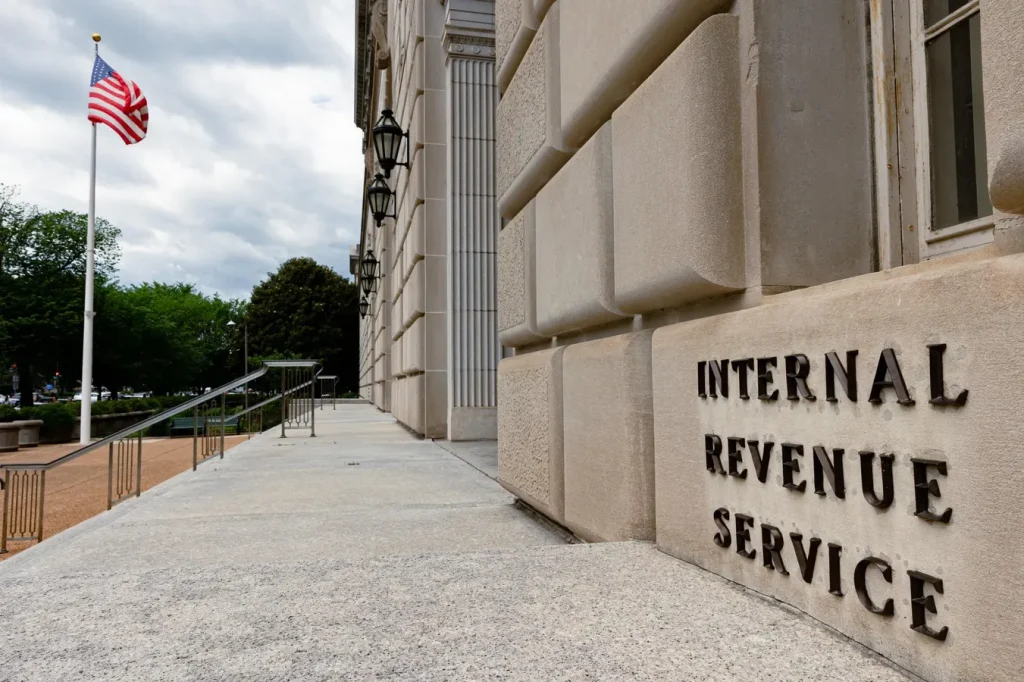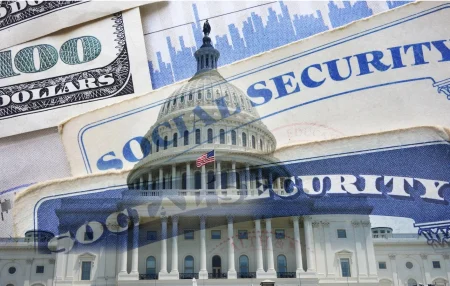Government Shutdown Begins: What It Means for the IRS and Taxpayers
As the clock struck midnight last night, the federal government officially entered shutdown mode, leaving many Americans wondering what this means for tax operations. In an unusual twist, the Internal Revenue Service has announced that, despite the shutdown, their operations will continue normally for at least the first five business days, thanks to funding reallocated from the Inflation Reduction Act (IRA). This temporary reprieve provides a short window of normalcy amidst the broader government disruption, but questions remain about what will happen after this period ends.
The IRS’s ability to temporarily avoid furloughs stems from previously allocated funding through the Inflation Reduction Act, signed by President Biden in August 2022. This legislation originally provided $80 billion to the IRS over a ten-year period, primarily for enforcement improvements and customer service enhancements. However, subsequent congressional actions reduced this funding significantly. Congress has clawed back more than half of the original allocation, leaving just $37.6 billion to last through 2031. This remaining IRA money is what’s allowing the IRS to keep the lights on during these initial days of the shutdown. The agency has released a remarkably brief five-page contingency plan that outlines operations for the first five days following the lapse in appropriations, but provides little detail about what happens beyond that timeframe.
Despite the uncertainty surrounding the duration of the shutdown, one thing remains crystal clear: tax deadlines will not be extended. Taxpayers with valid extensions for the 2024 tax year must still file by October 15, 2025. All scheduled payments, including those made through installment agreements, must continue as planned. Employers must also maintain their regular deposit schedules for federal income tax withholdings, Social Security, and Medicare taxes. The IRS currently employs approximately 74,299 workers, a notable decrease from the 90,516 positions in fiscal year 2024. All of these employees will continue their normal duties during the initial five-day period, but many could face furlough if the shutdown extends beyond that point.
Contrary to popular belief, government shutdowns do not save taxpayer money – they actually cost billions. Under a 2019 law, furloughed federal employees who don’t work during a shutdown must still be paid once the government reopens, essentially paying employees for time they didn’t work while creating significant backlogs that take months or even years to clear. The 2018-2019 shutdown, which lasted 35 days, left the IRS with five million pieces of unanswered mail and delays that took approximately a year to resolve. A Senate report found that the last three shutdowns cost taxpayers nearly $4 billion in back pay and administrative costs. The broader economic impact is even more substantial – the Congressional Budget Office estimated that the 2018 shutdown reduced economic output by $11 billion, including $3 billion that was never recovered, while the 2013 shutdown reduced GDP growth by approximately $20 billion according to Moody’s Analytics.
The National Treasury Employees Union, which represents 150,000 government workers including IRS employees, has expressed significant concern about the shutdown’s impact on workers and taxpayers alike. NTEU National President Doreen Greenwald emphasized that while Washington may view shutdowns as routine political theater, they cause real anxiety for federal employee families facing financial uncertainty. The preparation for potential shutdowns itself creates workplace tension and diverts valuable time away from agency missions. Adding to the uncertainty this year are threats from President Trump to use the shutdown to make permanent cuts to the federal workforce. During the last shutdown, approximately two-thirds of IRS employees (nearly 60,000 staff) were furloughed, with only about one-third continuing to perform essential services.
The path to resolving the shutdown remains unclear. The House of Representatives has approved a Republican-led bill to fund the government for an additional seven weeks, but this bill requires 60 votes in the Senate, meaning at least seven Democrats must join all Republicans to vote yes. Democrats are demanding that Republicans extend health care subsidies and reverse earlier Medicaid cuts in exchange for their support. The most recent Senate vote on Tuesday fell short at 55-45, with a few senators crossing party lines. As the impasse continues, the Office of Management and Budget has instructed agencies to begin shutting down non-essential functions. While the IRS will continue operating in the short term, taxpayers should prepare for potential disruptions if the shutdown extends beyond the initial five-day window. The uncertainty and political brinkmanship continue to affect both government workers and the American public who depend on their services.















